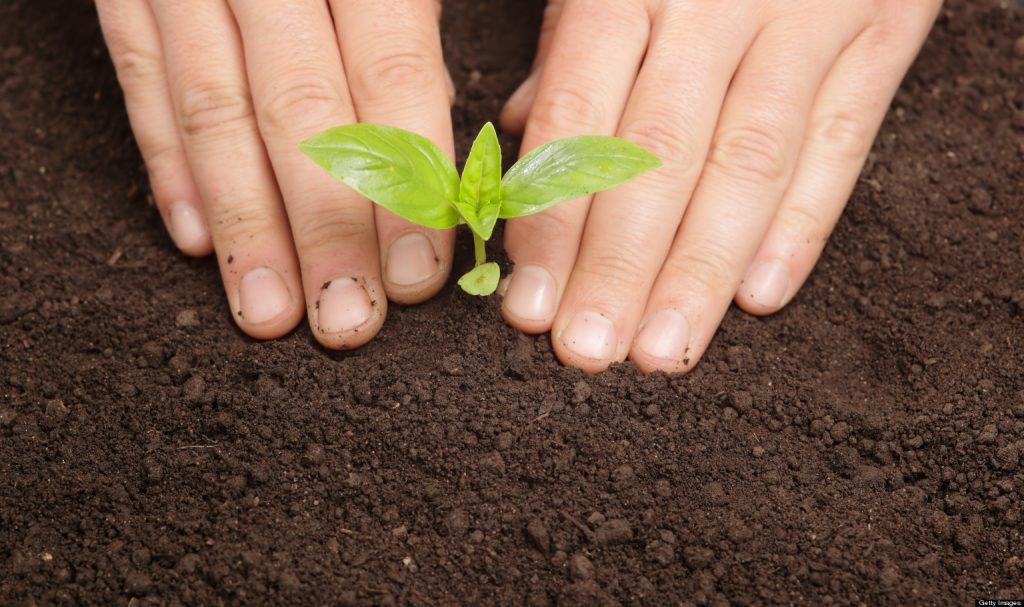When it comes to growing veggies, the marrow is one of the easiest to grow, which means that even if you’re a novice gardener, you can look forward to a bumper crop of delicious fruit in a relatively short period of time. Whether you choose to grow marrow, pumpkin, squash or courgette – they’ll need plenty of sunlight, soil which retains moisture well and somewhere sheltered from cold winds in order for them to grow to their best potential.
Growing
A couple of weeks prior to planting, you should organise and prepare the planting sockets in the garden – about 4 feet apart, by simply make a hole about the width of your spade and then filling each planting socket with a compost-soil or manure-soil mix. You can also add fertilizer sprinkled on top of the soil. Then, after a couple of weeks, when it’s time to plant, you can simply put one plant in each previously prepared socket.
Acclimatisation
If you raised the seedlings indoors, then you should allow a period of acclimatisation before planting in the prepared sockets in the garden. This is best done by keeping them for around a week in a coldframe before planting them out. Alternatively, you could simply leave them outside during the day and bring them in each night over the course of a week – before planting them – so they get a chance to acclimatise.
Watering
Once you’ve located the plants in the ground make sure to keep the ground nice and moist continually. Try to avoid watering the plants directly and focus on keeping the ground around them moist at all times. You can also insert a 6-inch tube into the ground near each plant and use this to water – the benefit of this is that it will ensure that water reaches deep down to the plant roots and avoids water sitting around the head of the plant, which can cause rotting.
Feeding
Plants should be fed once the first fruits begin to show; normally about every ten to fourteen days with liquid fertilizer containing a high level of potash generally produces good results. When fruit shows – provide support so that it does not rest on the soil.
Harvesting
Once the fruit has grown, you can simply harvest the marrows, pumpkins, squash or courgettes as needed. In order to get the largest fruit, remove all other fruits other than the biggest to ensure that all energy in the plant is channeled into ripening the biggest fruit of the plant only.
With these summer time garden tips for growing marrow – you’ll easily be able to have a supply of good-sized, delicious fruit for whenever you need it.

